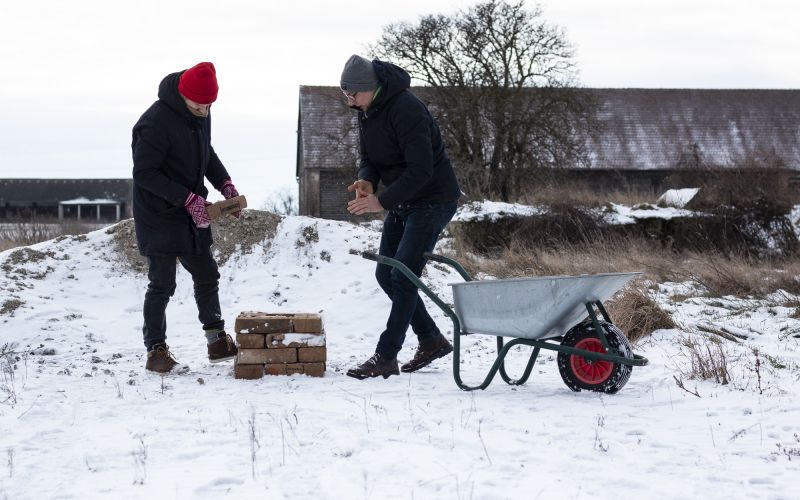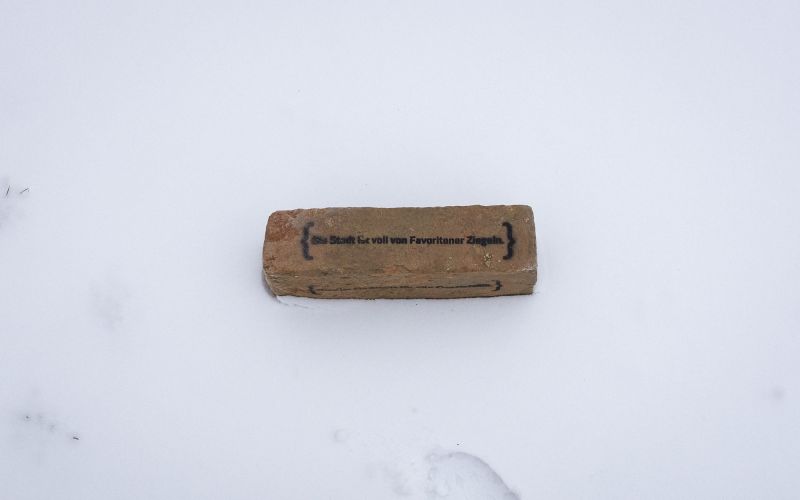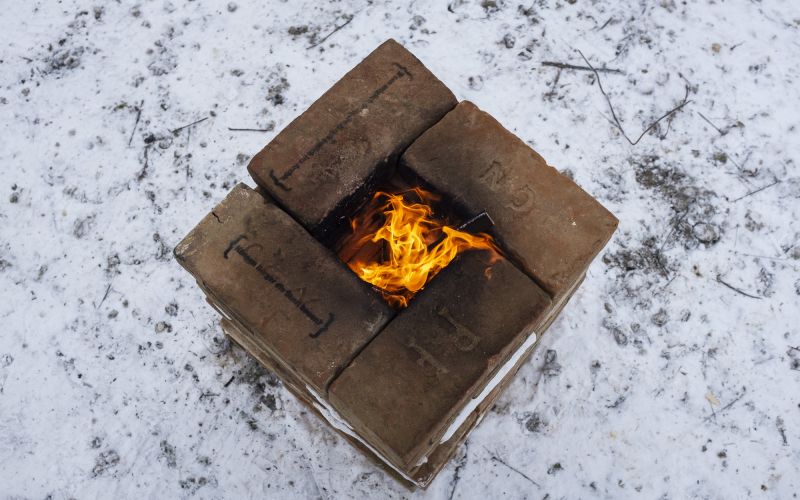Archive of Bricks
Ana Mumladze
Rural and Peripheral Regeneration Strategies
Who constructs the city? What role do peripheries play for the growth of an urban fabric? How to make sense of a place? The project unfolds the meaning and fate of urban peripheries, focusing on Rothneusiedl/Favoriten, an “edgeland” of Vienna. The experimentation of social design-strategies led to a functional installation concept, an Archive of Bricks.
The city of Vienna is full of bricks produced in Favoriten. Local clay, human labor, unbuilt grounds – Favoriten and its residents have provided and cultivated the growth and construction of the city of Vienna for centuries. Yet, this area of Vienna and its remaining unbuilt territories located in Rothneusiedl are considered as peripheries, “edgelands” of the city. The future of more than 1 000 000 m2 of land in Rothneusiedl will face large-scale urban transformations in the upcoming 25 years.
Can social design strategies be offered to the city dwellers for reflection and construction of the necessities towards a close future of living conditions?
An Archive of Bricks is a concept for an inclusive, functional, site-specific installation, created for residents, in times of preparing a thorough transition. The installation comprises 100 vintage bricks, produced in Favoriten over the centuries. Brick is chosen as the archivable unit, because it serves as a symbol of the neighbourhood’s story and at the same time, it functions as a modular unit for construction. The audience is invited to either contribute to the collection of bricks, or to (re-)use the bricks to construct basic urban furniture structures in shared spaces of Rothneusiedl. The archive is located at Haschahof — a historical farm structure that will house the neighborhood culture and innovation centre Zukunftshof for the next 25 years.The archive digs out the history of the place and simultaneously becomes a common resource to create future collective memories of the place. This is not an archive for preservation, this is an archive for use and re-use.
Who builds the city? Can citizens build the city? Can we build structures of togetherness?
- Time
- Winter Semester 20/21
- Team
- Ana Mumladze




